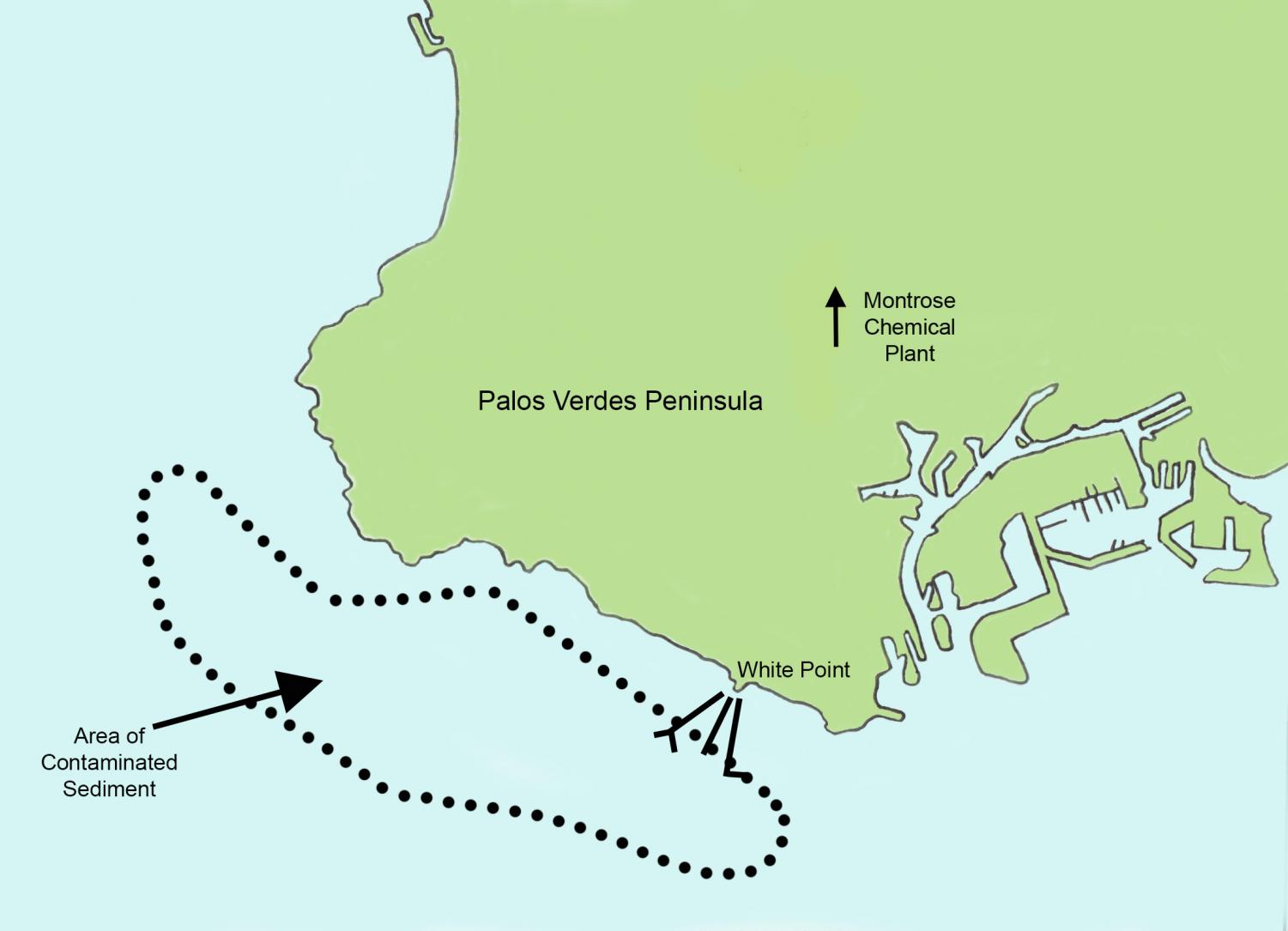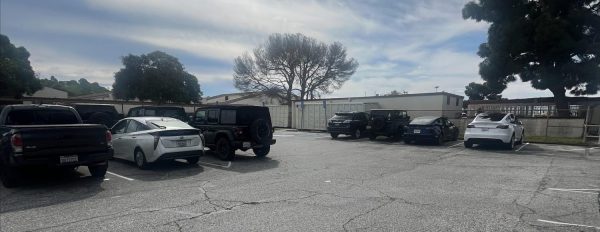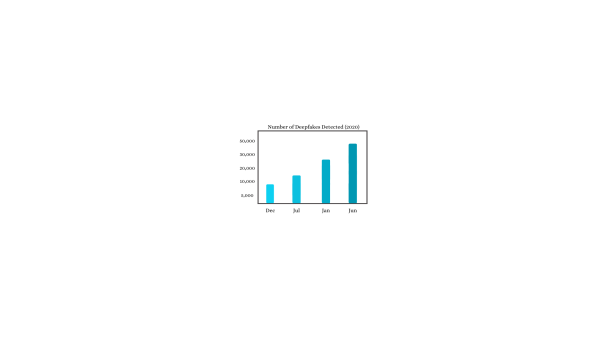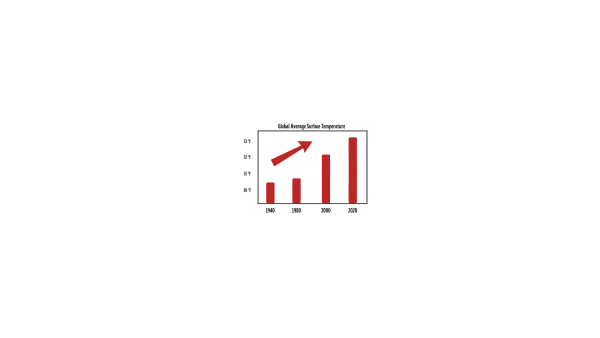How the Palos Verdes Peninsula Became a DDT Dumping Site
From 1947 to 1982, Los Angeles was home to the largest dichloro-diphenyl-trichloroethane (DDT) manufacturing company in the nation, the Montrose Chemical Corporation.
During this time, wastewater from the manufacturing plant was deposited off of White Point on the Palos Verdes Peninsula.
It is estimated that over 1,700 tons of DDT were discharged off of White Point outfalls from the late 1950s to the early 1970s.
In order to illegally dispose of DDT, barrels were driven off the coast towards Catalina Island and dumped into the water.
When they failed to sink, they were often punctured, and as a result, DDT began to leak into the ocean and further the damage already caused by the wastewater.

Recently, scientist David Valentine has discovered countless leaking barrels of DDT 3000 feet below the surface.
While DDT helped eradicate diseases and improved agricultural processes, it eventually became clear that it was causing more harm than good.
Initially, “the way [the government] found out about the toxicity of the DDT was through the eggs pelicans were laying.
The shells were so thin from the substance that they broke under the mother laying on them,” Marine Biology teacher Marta Wood said.
The United States knew change needed to be made as other bird species, such as the Bald Eagle, fell victim to the same effects.
In 1972, the U.S. banned the use of DDT, but that did not erase the decades of damage to the environment or prevent further deterioration.
For ten years following the criminalization of DDT, the Montrose Chemical Corporation continued to manufacture DDT and sell it to foreign nations. While the use of DDT was no longer permitted in the United States, the law did not prohibit DDT from being manufactured or traded.
Ultimately, the continued production of DDT after its illegalization led to continued waste water deposits off of White Point.
This prolonged the damage being inflicted on the Palos Verdes Shelf.
Today, fish found in the Palos Verdes Shelf contain high concentrations of DDT and polychlorinated biphenyls (PCBs).
The concentrations of DDT and PCBs in fish pose a threat to human health and the aquatic environment.
Through bioaccumulation, these toxins have accumulated in the tissues of organisms and “are moving up the food chain from primary producers to top predators,” said Wood.
This means that as the food chain progresses humans could be ingesting these toxins.
Overtime, the concentrations of DDT have decreased from their original severity.
While the toxins are still detrimental, there is hope of recovery.
Scientists have discovered that DDT has a half-life of about 150 years.
If DDT continues to be prevented from entering the ecosystems, eventually, the waters off the coast of Los Angeles County will begin to heal and become a healthy environment for wildlife once again.

Sydney Lyle is a new member of The Point this year and she is involved in many things on the PV high campus. She is a part of Open Orchard Productions,...








